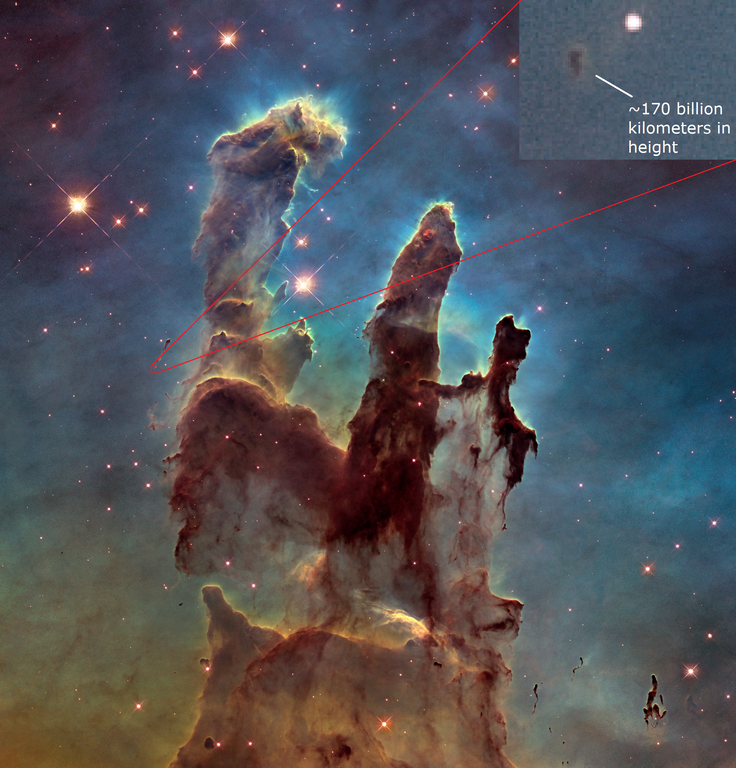1. This is the last photo taken by NASA's Cassini spacecraft, before it ended its mission and crashed into Saturn. See that little blue dot? That's Earth. This photo contained every human being, living or dead, at the time it was taken.
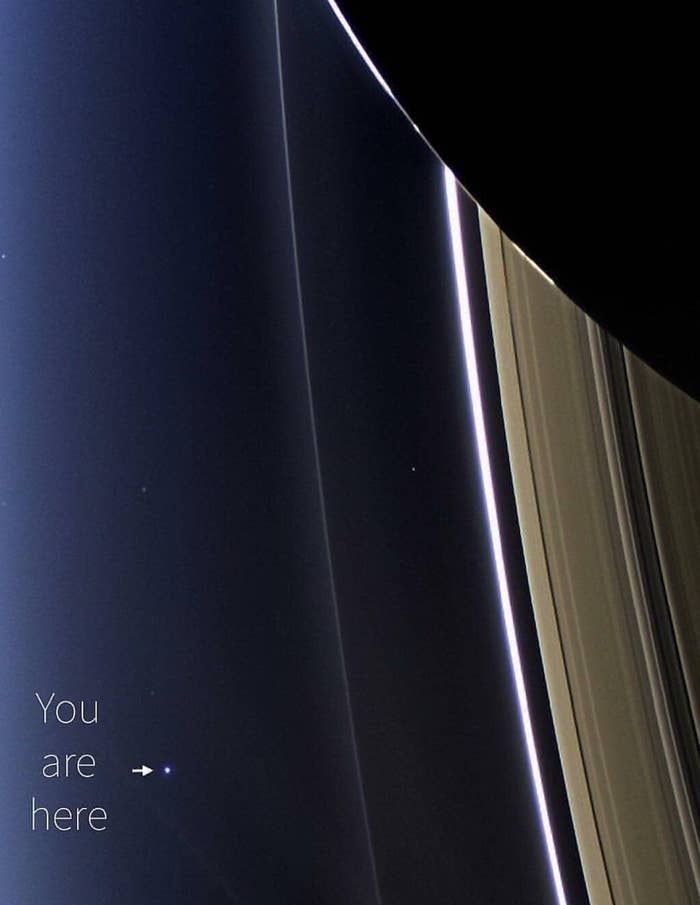
2. This photo, taken during the Apollo 11 mission, also contained every human at the time, living or dead...except for astronaut Michael Collins, who took the photo. Neil Armstrong and Buzz Aldrin, meanwhile, are in the module.
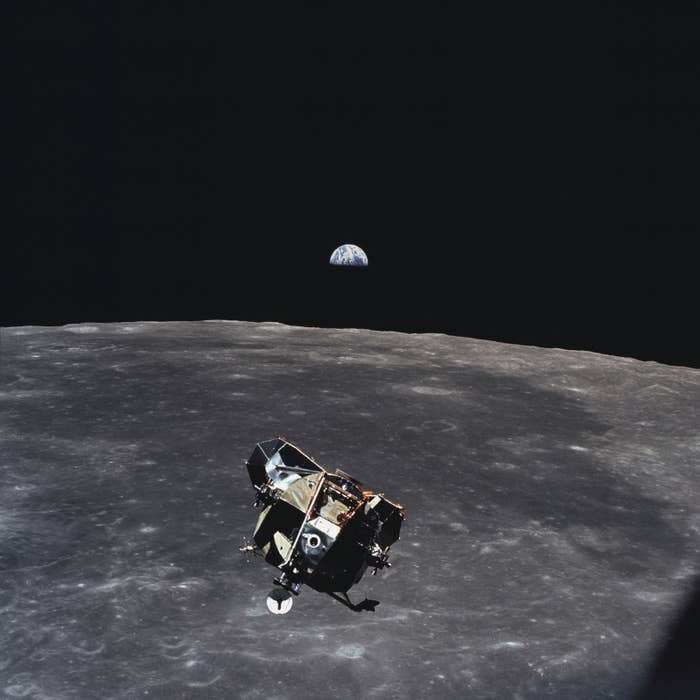
3. This heart-stopping photo is of mission specialist Bruce McCandless II, who used a nitrogen-fueled jetpack to "free-fly" 320 feet away from the orbiter. He had no cables or anything else tethering him to the shuttle.
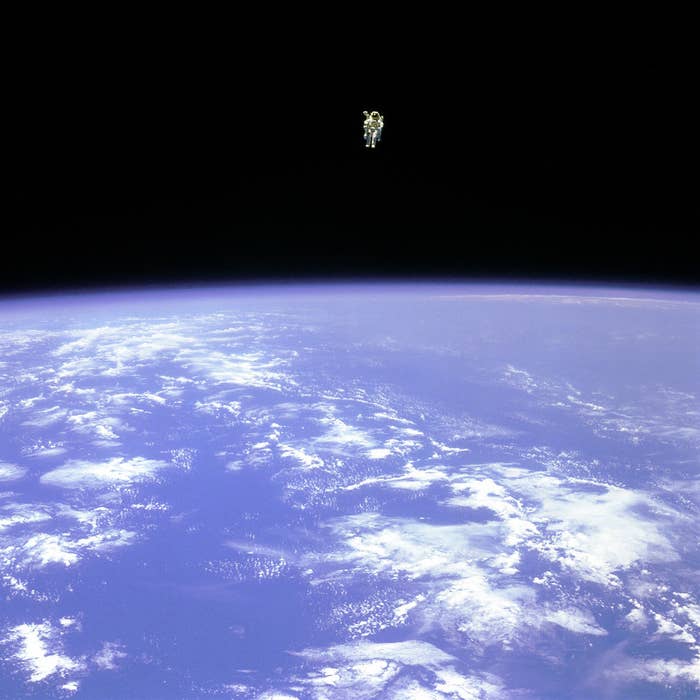
4. This GIF shows, in real time and to scale, how long it takes for light to travel from the Earth to the moon (and back).
5. If you compare that to how long it takes from the sun to the Earth, you can see just how far away the sun is.
NEW: Sun-to-Earth scale 🌞🔦🌍 • Real-time speed of light shown! • Distances between objects to scale • Sun and planets: x2 and x50 larger • Made with NASA data/imagery • Times are surface-to-surface TOO LONG for Twitter🤭, finish here: https://t.co/4Caj5ORvcj
6. Here's a fun illustration of the various tilts, rotation speeds, and scales of all the planets in our solar system. Jupiter is frickin' huge.
NEW animation - "Scale of the Solar System" These are the sizes, rotation rates and tilts of select solar system objects at 5 hours per second. Scales/rotations are constantly accurate. Youtube 4k: https://t.co/1SWOliaGmj Made with NASA imagery & https://t.co/SQl7r52Mth
But really, our solar system is nothing compared to the scale of the universe. Let's zoom out a bit, shall we?
7. This image is a combination of more than 7,500 exposures taken by the Hubble Space Telescope over the course of 16 years. In it, there are about 265,000 galaxies. This is only one small patch of the night sky, about the diameter of the full moon.
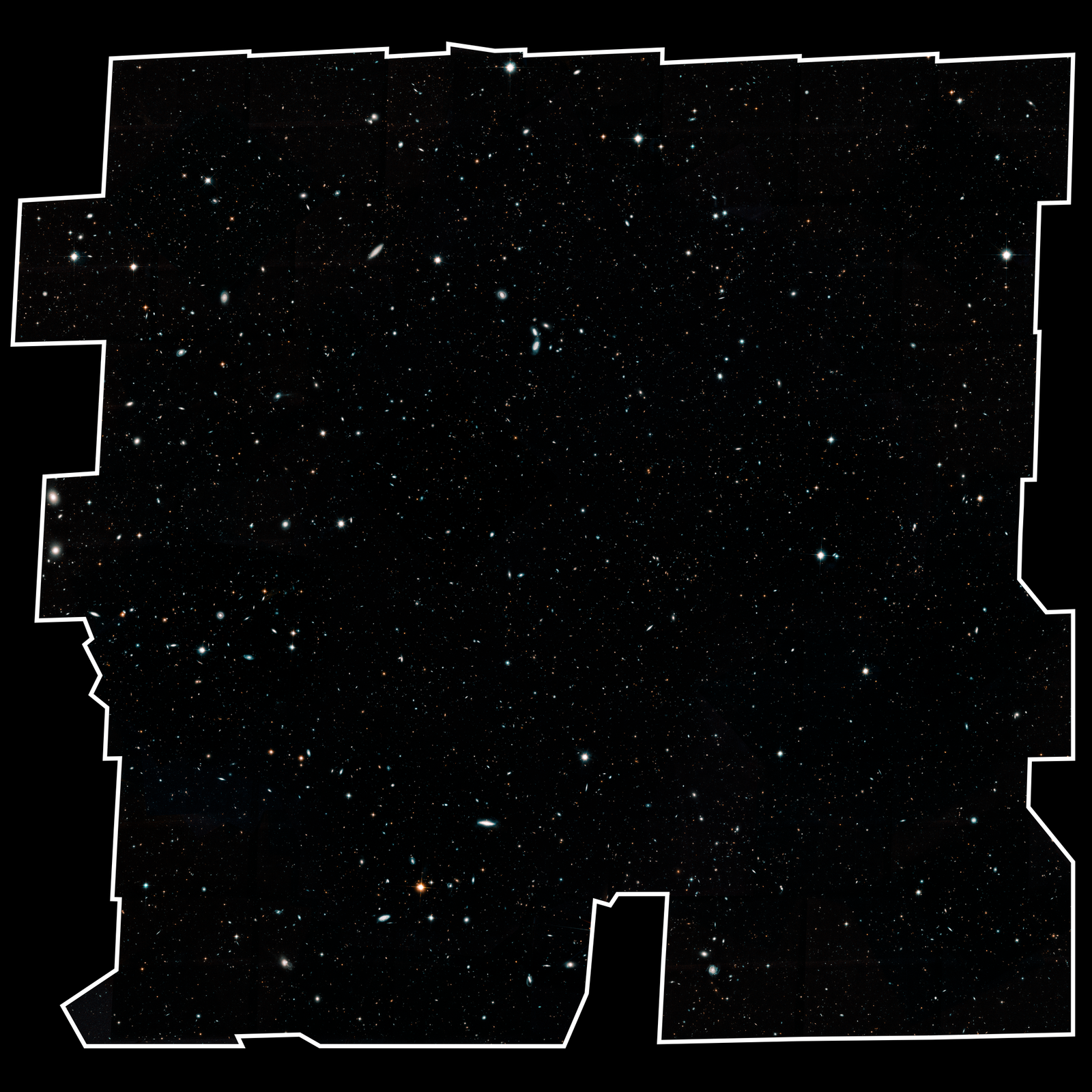
8. Zooming in on that Hubble image, you can see some gorgeous detail. Some of the galaxies in the image appear as they looked over 13 billion years ago, because they're so far away that it took that long for their light to reach us. It's like looking back in time.

9. This is the sharpest image ever taken of the Andromeda galaxy. The zoomable, full-res image contains 1.5 BILLION pixels.

10. This is a zoomed-in section of the previous photo. Each one of those dots is a star — much like our sun — or even a system of multiple stars.

11. Oh, and literally everything in that giant Andromeda photo...is just one tiny dot in the Hubble photo.
12. Too big? Let's head back to Earth. Here's a photo taken from literally a million miles away by NASA's Deep Space Climate Observatory satellite, showing the far side of the moon as it crosses in front of our planet. You've never seen this side of the moon, just looking up at it in the sky.
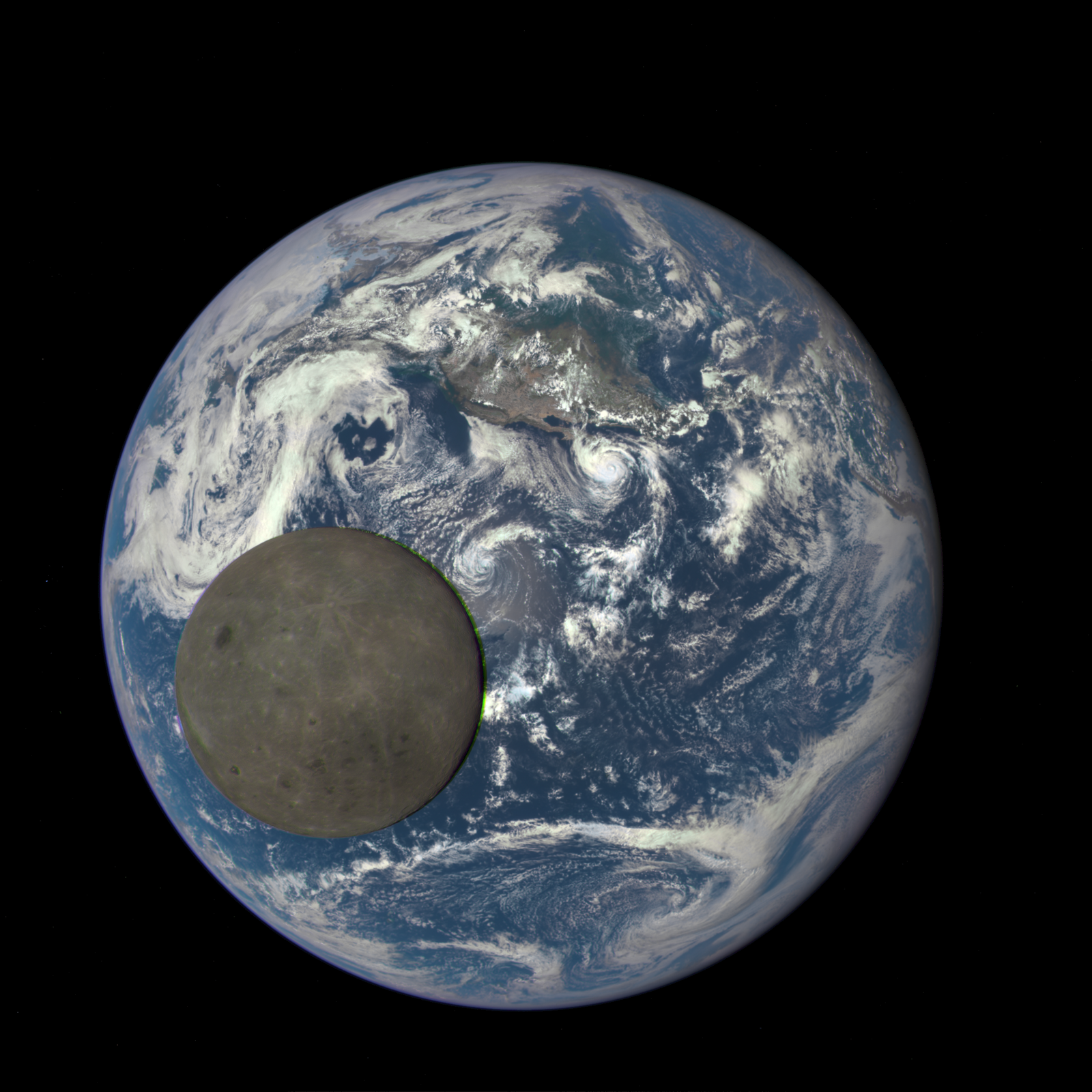
13. And here's our entire planet reflected off the surface of a car. Thanks, Elon Musk!
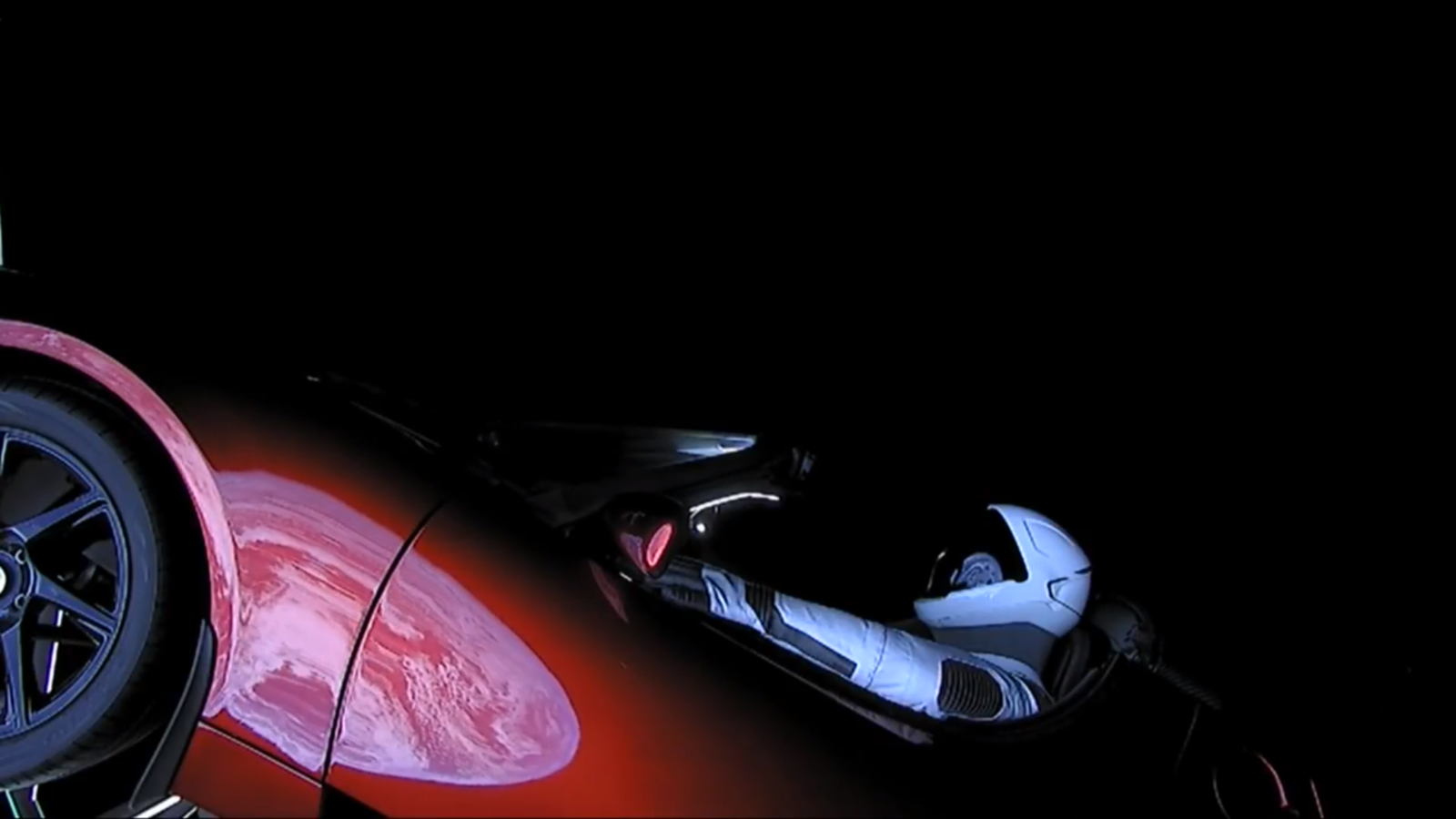
14. This is a sunset on Mars. I'm not even going to say anything else because it's insane that we have a photo of that.
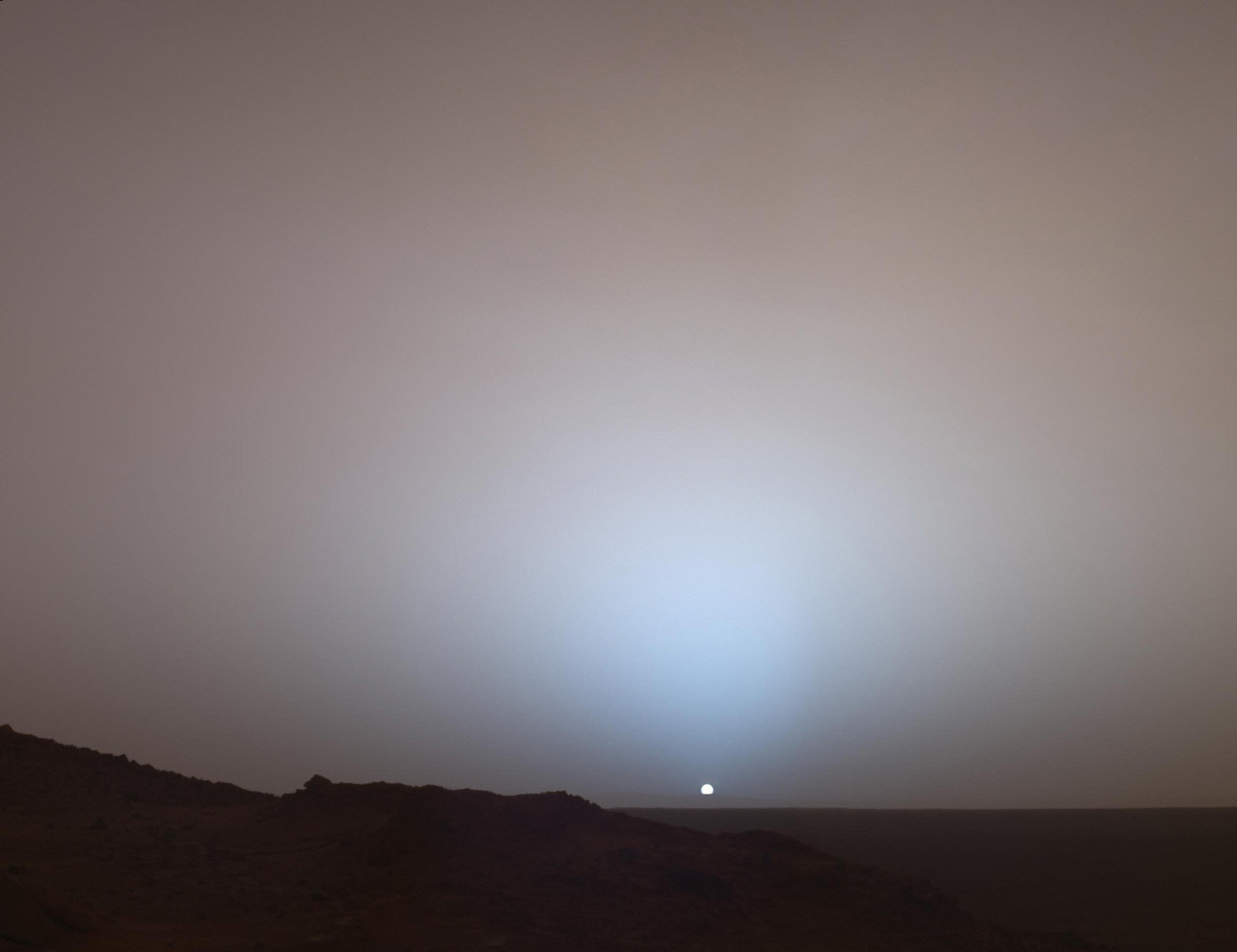
15. And here's a panorama photo from the surface. If you didn't know it was Mars, you'd probably think it was just Arizona.
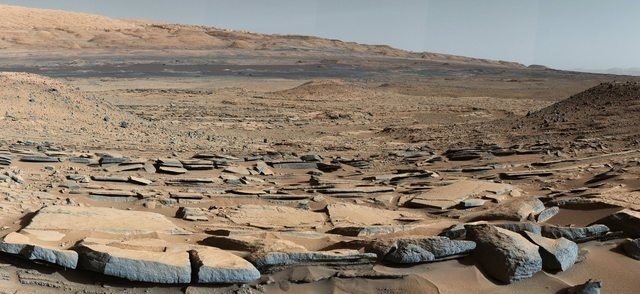
16. Here's a photo of Jupiter's south pole, a view we usually don't see. The colors are enhanced, but not artificial. Each one of those swirls is a cyclone, up to 1,000 kilometers in diameter...just slightly less than the size of Texas.
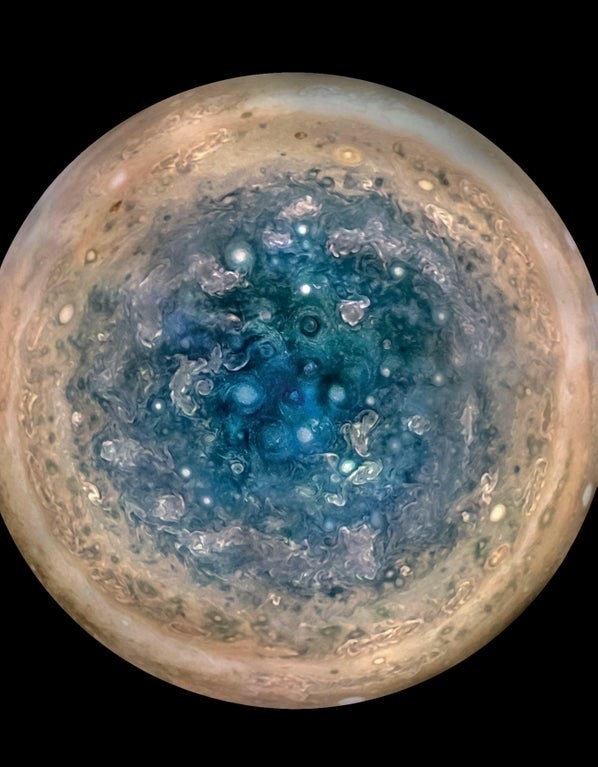
17. Here is the first-ever photo of a black hole, at the center of the massive Messier 87 galaxy. That little shadow at the center is the black hole, which has 6.5 billion times more mass than our sun.
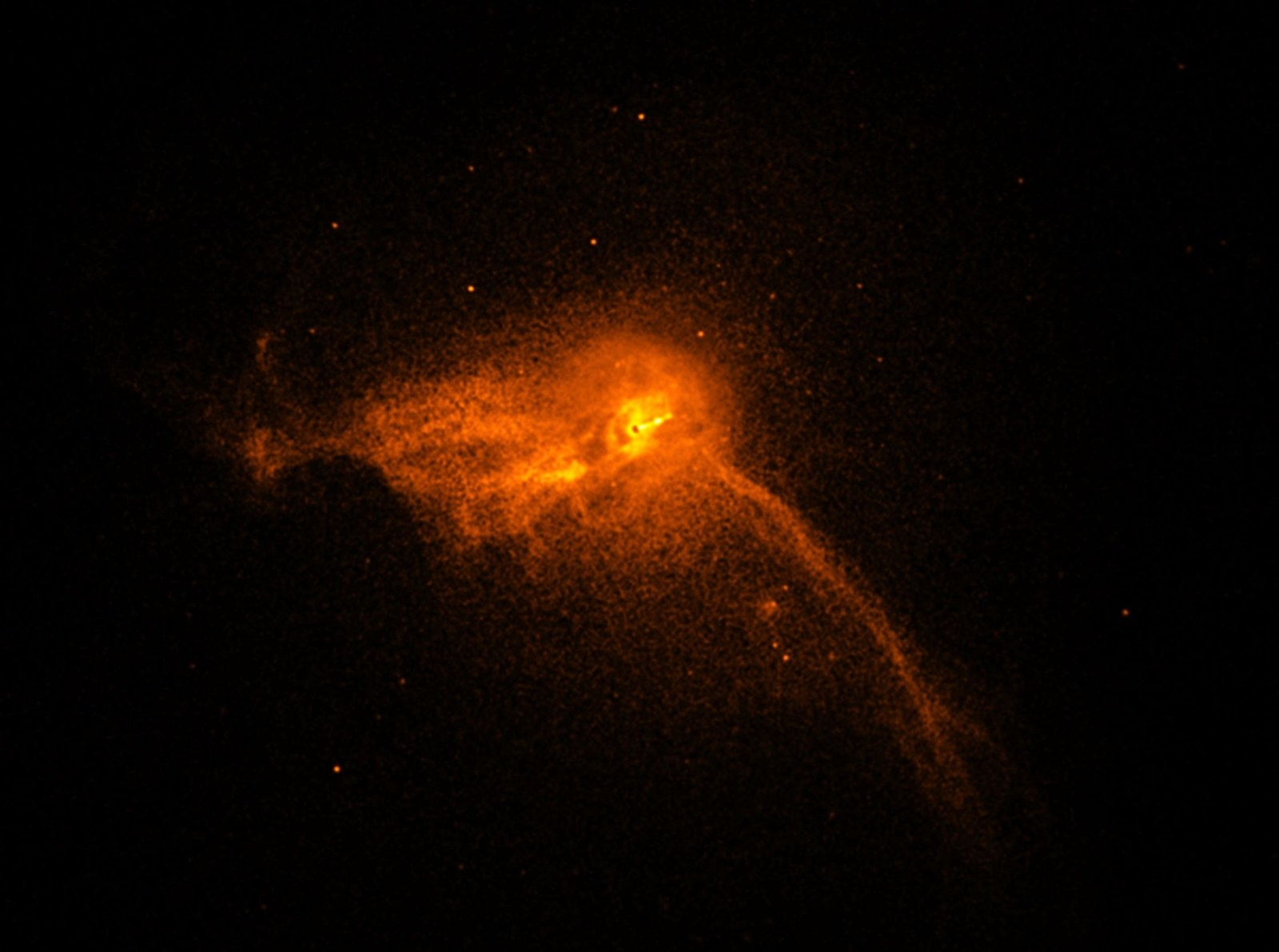
18. Let's take a look at the Pillars of Creation, which are part of the Eagle Nebula. It's a bunch of space dust, basically. See that liiiiiiittle cloud over there? That's 170 BILLION kilometers in height. The circumference of the Earth is only 40,075 kilometers. You could travel around the Earth four MILLION times and still not have traveled the distance of that tiny cloud.
